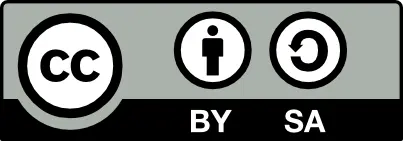Identifying and Addressing Control Deficiencies: Techniques for IT Auditors
Authors: Shiksha Rout
DOI: https://doi.org/10.5281/zenodo.14040191
Short DOI: https://doi.org/g8p59c
Country: India
Full-text Research PDF File:
View |
Download
Abstract: In modern rapidly evolving IT environment, control boundaries pose significant risks to organizations, potentially compromising data integrity, security, and operational efficiency. This study conducts a comprehensive analysis of common control deficiencies encountered in IT environments, such as inadequate access controls, insufficient monitoring and logging, and weak incident response protocols. By identifying these weaknesses, the research aims to provide IT auditors with practical techniques for remediation and risk mitigation. It explores various frameworks and best practices, including the implementation of automated monitoring tools, regular audits, and employee training programs. Furthermore, the paper highlights the importance of aligning IT controls with business objectives and regulatory requirements to enhance overall governance. Through case studies and real-world examples, this analysis demonstrates how proactive measures can effectively address control deficiencies, thereby safeguarding organizational assets and ensuring compliance. The findings contribute to a more resilient IT infrastructure, enabling organizations to respond adeptly to emerging threats and vulnerabilities
Keywords: IT Auditing, Control Deficiencies, Risk Mitigation, Data Integrity, Security Controls, Access Management, Monitoring, Compliance, Incident Response, Governance
Paper Id: 231514
Published On: 2023-03-08
Published In: Volume 11, Issue 2, March-April 2023





 All research papers published in this journal/on this website are openly accessible and licensed under
All research papers published in this journal/on this website are openly accessible and licensed under 